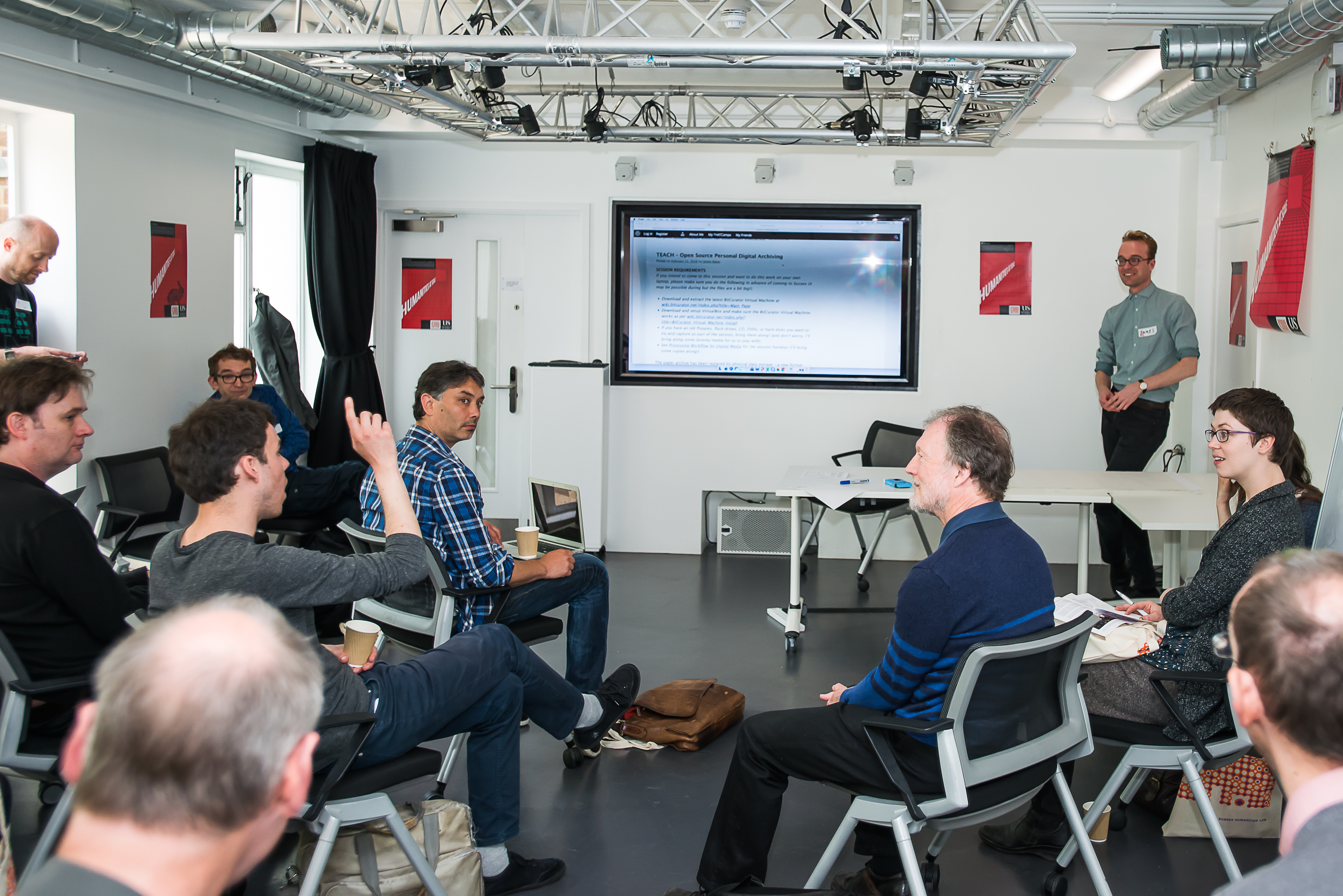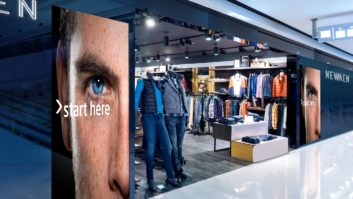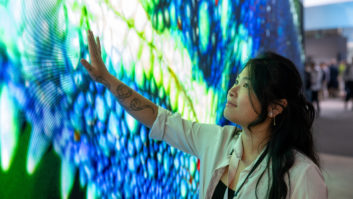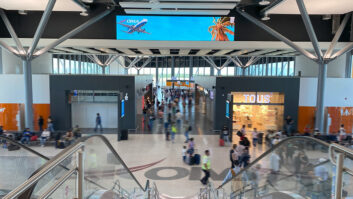
Computing and digital techniques aren’t the exclusive domain of the sciences – humanities subjects are making use of them too. Tom Bradbury reports from a university facility that’s well equipped with AV technology to facilitate the collaboration and communication that its research activities entail.
Located near Brighton on England’s south coast, the University of Sussex was the first of the new wave of UK universities founded in the 1960s. In addition to its educational achievements it is also a leading research university, with over 14,000 students.
Autograph Sales & Installations has recently completed a major installation at the University’s new £3 million Sussex Humanities Lab (SHL), a multi-disciplinary research and educational space. As described by the university: “The goal of the Sussex Humanities Lab Research Programme is to transform humanities research in the digital age – to find new ways to explore the human condition and to critically assess the cultural and the social and material worlds we make with technology.”
The term ‘digital humanities’ emerged around the middle of the last decade. The subject encompasses both using digital techniques to consider traditional humanities questions, and applying humanistic modes of enquiry to digital media. According to one source, it “combines the methodologies from traditional humanities disciplines (such as history, philosophy, literature, art, archaeology, music, and cultural studies) and social sciences, with tools provided by computing (such as Hypertext, Hypermedia, data visualisation, information retrieval, data mining, statistics, text mining, digital mapping) and digital publishing.”
The Sussex Humanities Lab space, says the University, “has the flexibility to be adaptable for an imaginative range of collaborative research activity – fabbing, hacking, book-sprinting (collaborative writing) and for showcasing digital humanities work – such as performances, installations and other practice-based research.”
As well as being used for day-to-day research work, the new space has hosted 73 events in 2015-16. Projects included eight SHL Open Days for Sussex, training events in digital humanities at various levels, conferences, symposiums, talks, discussion and reading groups, book sprints and bid sprints, workshops, hackathons, installations, performances, public events and launch events.
Operational flexibility
From a technical viewpoint, the facility is underpinned by some cutting-edge professional AV products, installed and configured by Autograph to provide as much operational flexibility as possible. The heart of the system is a QSC Q-Sys Core 500 processor, which provides all the DSP processing power and control in the various modes. A DiGiCo SD11 console plus a DiGiCo D-Rack can be used as either an audio control surface for multi-zone playback or as the master controller for routing and mixing; matrix outputs are configured from the SD11 to a Denon DN500AV 7.1 processor, which provides the surround-sound feeds.
The loudspeaker system comprises Meyer Sound MM4-XPs and an MM10-XP subwoofer in a 7.1 surround arrangement, powered by a Meyer Sound MPS488 power supply and all custom-coloured white to match the decor. Additional equipment includes a Shure QLX-D wireless microphone system, a Samsung 4K Blu-ray player, a PlayStation 4 and a Samsung 75in 4K display on an articulated Unicol mount. All system inputs and outputs are located and configured via a patchbay custom-built for the project by Autograph.
The project was managed for Autograph by Giuseppe ‘Peppe’ Mallozzi. He comments: “We handle all sorts of projects for many different types of client, including education, but this one was a little unusual for us – not so much in terms of the specific equipment we supplied and configured, but in terms of its intended use. The university gave us a fairly detailed brief of what their desired outcome was and we worked to that. The nature of the studies and research that tales place in the lab means that the technical infrastructure had to be very flexible and it looks like we met all their needs.”
www.autograph.co.uk
www.d-mpro.com
www.digico.biz
www.meyersound.com
www.qsc.com
www.samsung.com
www.shure.com
www.sussex.ac.uk/shl







